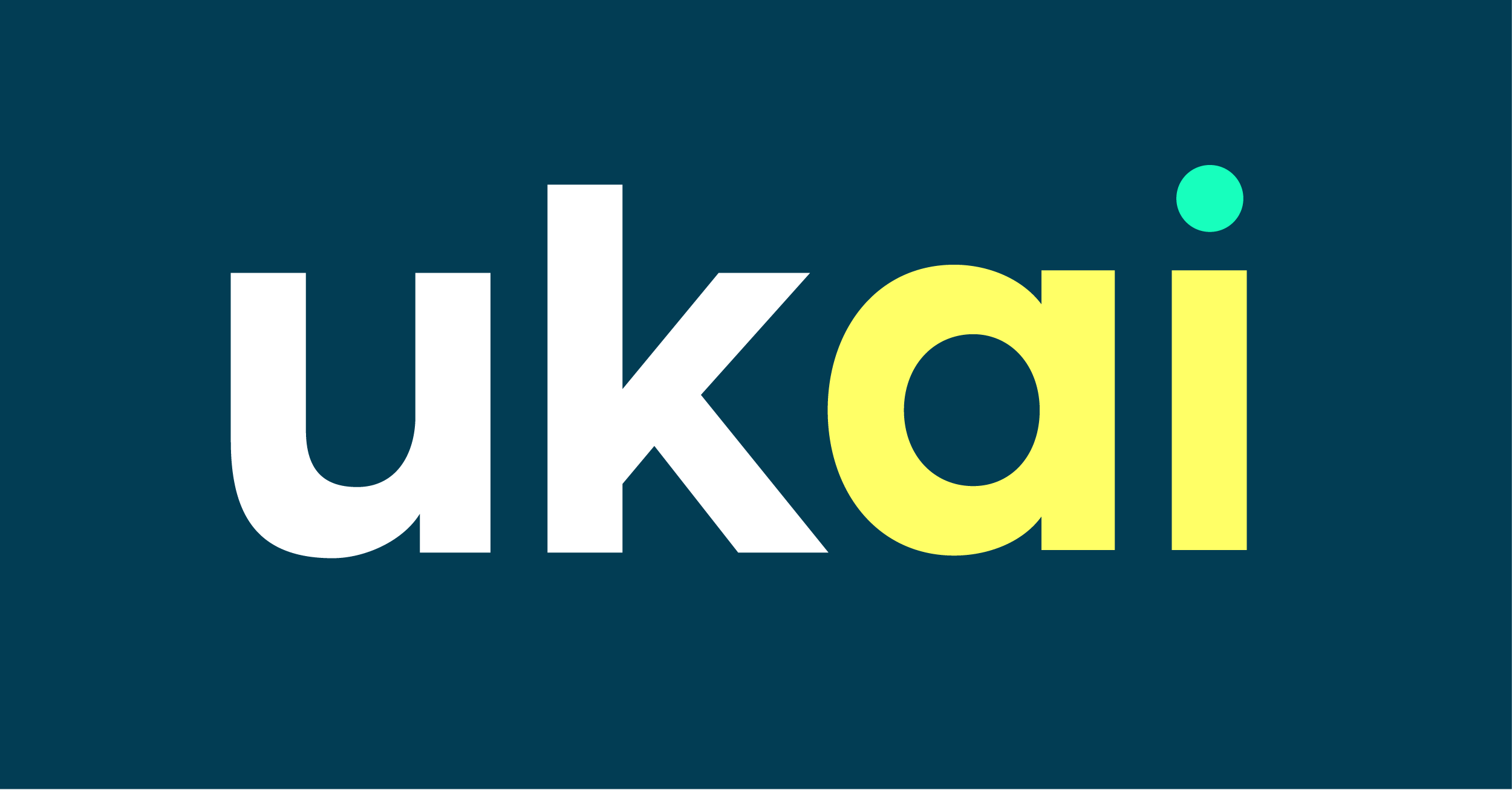OpenAI and Amazon chart rival paths in global AI power shift
OpenAI’s recent restructuring marks a pivotal shift. The company now comprises the nonprofit OpenAI Foundation, which holds a $130 billion stake, and OpenAI Group PBC, a for-profit public benefit corporation. The structure enables OpenAI to raise vast funding while committing to wider societal goals such as safety and scientific progress. It also unlocked a $40 billion funding round led by SoftBank, including a final $22.5 billion instalment of a $30 billion commitment. CEO Sam Altman has hinted that an IPO could follow.
Microsoft, now OpenAI’s largest investor with a 27% stake, is committed to $250 billion in future Azure cloud spending. In return, it has relinquished rights over future hardware and investment terms, reflecting OpenAI’s push for greater autonomy.
SoftBank’s involvement in OpenAI is part of a wider push across the AI sector. The investment giant is using shares in Arm Holdings to back loans funding initiatives such as the $500 billion Stargate project and acquisitions including Graphcore and Ampere Computing. While these moves underline AI’s capital intensity, analysts warn of the risks of high-leverage strategies.
In contrast, Amazon is taking a more inward-looking approach. Despite investing tens of billions in AI chips, data centres and stakes in firms such as Anthropic, it has yet to deliver a breakout AI product. Alexa Plus has failed to capture public imagination, and Anthropic’s major cloud deal with Google suggests AWS is facing stiff competition.
Amazon is betting on proprietary hardware such as its Trainium chip and is pursuing over 1,000 AI projects. Yet this push comes amid a 14,000-person corporate headcount reduction—roughly 4% of its workforce—as CEO Andy Jassy shifts resources toward AI-led growth areas. Despite job cuts, the company continues to expand seasonal hiring and build innovation campuses, reinforcing its long-term AI ambitions.
The contrast is stark: OpenAI leans on external partnerships and public capital, while Amazon builds from within. Both models highlight the immense financial and operational demands of staying ahead in AI. Across the sector, companies are scaling at speed. AMD forecasts tens of billions in revenue through chip partnerships with AI leaders, while funding pressures are pushing firms towards public markets and ever-larger deals. These dynamics reflect a global race to develop large language models and foundational technologies.
For the UK and other aspiring AI leaders, the lessons are clear. Success in this space demands not just investment and innovation, but also careful workforce planning, strong public-private partnerships and a commitment to responsible deployment. As AI reshapes economies and industries, those who navigate its scale and complexity stand to define the next era of technology.
Created by Amplify: AI-augmented, human-curated content.






